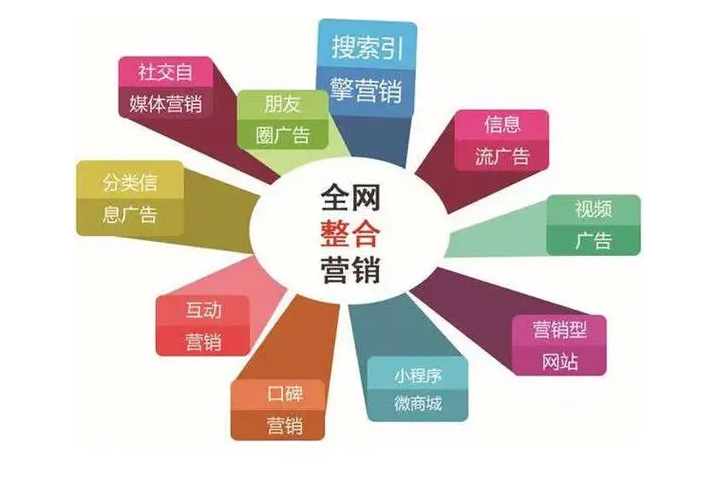In today’s interconnected world, global brands face the challenge of resonating with diverse local audiences while maintaining a cohesive international identity. Glocalization—the fusion of global and local strategies—has emerged as a critical approach for brands aiming to thrive in varied markets. By adapting messaging, visuals, and media channels to align with regional preferences, companies can foster deeper connections without diluting their core brand values.
The Power of Omni-Media in Localization
Omni-media strategies enable brands to engage consumers across multiple touchpoints, from social media to traditional outlets, tailored to local habits. For instance, a global fast-food chain might leverage TikTok in one market while prioritizing TV ads in another. This nuanced approach ensures relevance while maximizing reach.
.jpg)
Cultural Sensitivity as a Competitive Edge
Understanding local customs, languages, and consumer behaviors is non-negotiable. Brands that invest in cultural research avoid missteps and build trust. A beauty brand, for example, might reformulate products to meet regional skincare routines, demonstrating respect for local traditions.
Striking the Balance Between Global and Local
The key lies in harmonizing universal brand elements with localized adaptations. Coca-Cola’s “Share a Coke” campaign, which personalized bottles with popular local names, exemplifies this balance. Such tactics create emotional resonance without compromising brand consistency.
Future-Proofing Through Agile Adaptation
As markets evolve, so must glocalization strategies. Brands that continuously monitor local trends and feedback can pivot swiftly, ensuring long-term relevance. Data-driven insights and partnerships with local influencers further refine this dynamic process.
By mastering glocalization, global brands unlock unparalleled growth, turning cultural diversity into a strategic advantage rather than a barrier.
.jpg)
.jpg)
.jpg)

.jpg)